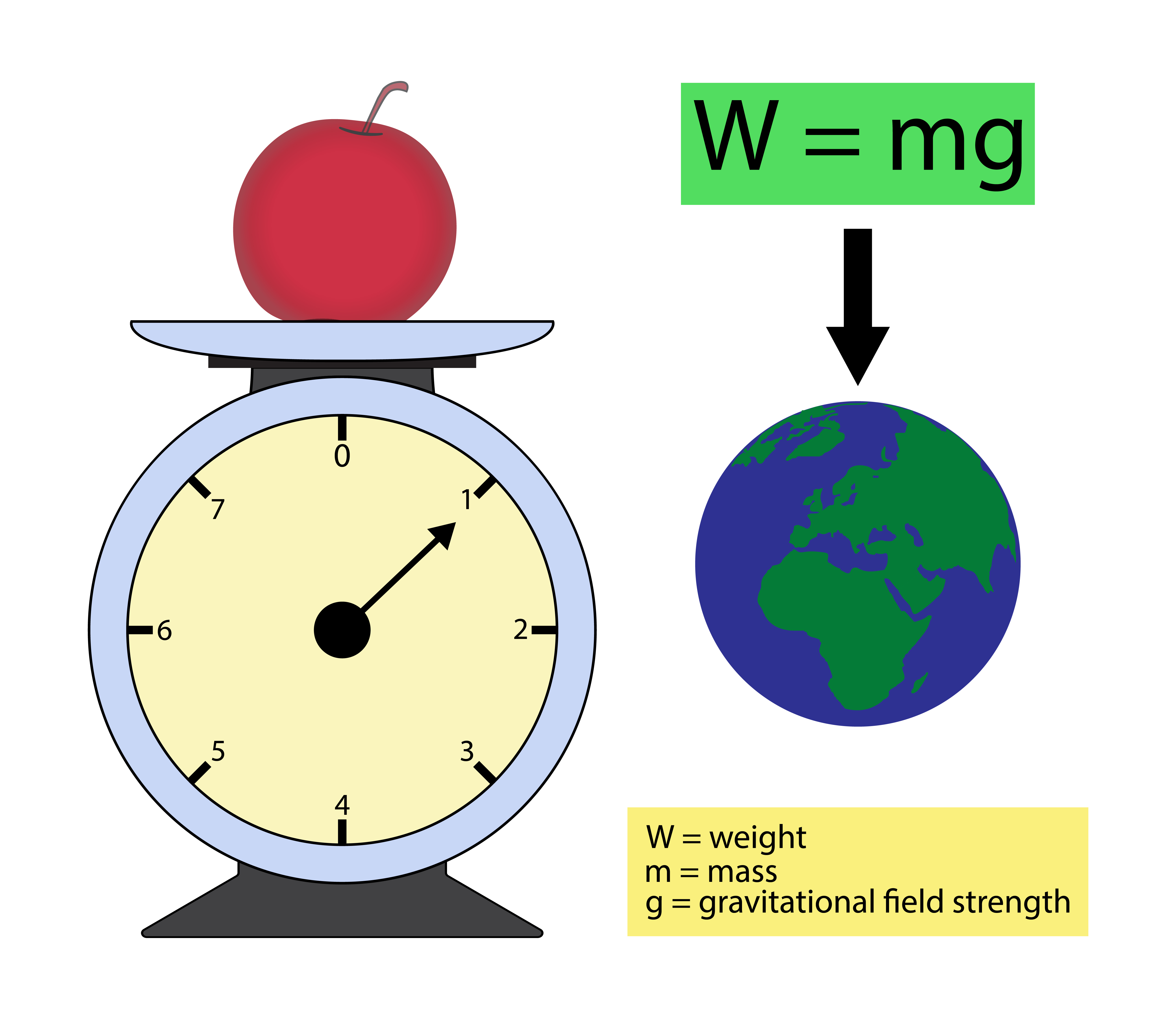Weight Of A Barbell In KG - What You Need To Know
Stepping into a fitness space, you might notice those long metal bars, often with plates stacked on them. These are barbells, and they're a core piece of equipment for building strength and getting fit. A lot of people, especially when they are just starting out or even if they've been lifting for a while, wonder about the actual weight of these bars before any plates are added. It’s a pretty common question, too, as a matter of fact, since knowing the base weight helps you keep track of your total lift. This quick guide aims to clear up any confusion about how much these important pieces of equipment typically weigh in kilograms.
It’s easy to feel a little unsure when you're trying to figure out how much the bar itself contributes to your lift. There are, you know, different kinds of barbells, and each type comes with its own usual weight. Getting a good grasp on these base weights can make a real difference in how you plan your workouts and measure your progress. You want to be sure you are adding up the numbers correctly, after all, and that starts with knowing the starting point.
This information is particularly helpful if you're jotting down your lifts or, you know, just trying to mentally calculate what you’re moving. Knowing the typical weight of a barbell in kg can help you feel more confident and in control during your training sessions. We’ll look at the common types you’ll likely come across and what they usually tip the scales at, so you can focus on your form and getting stronger, rather than doing math in your head.
Table of Contents
- Getting Started - The Barbell's True Identity
- What's the Usual Weight of a Barbell in KG?
- Do All Barbells Have the Same Weight in KG?
- How Does Barbell Weight in KG Impact Your Strength Journey?
- Choosing Your Barbell - What Weight in KG is Best?
Getting Started - The Barbell's True Identity
When you think about lifting weights, that long metal bar is probably one of the first things that comes to mind. It's, you know, the central piece for so many different exercises, whether you’re doing squats, bench presses, or deadlifts. But these bars aren't all created equal. They come in different sorts, each with a specific purpose and, importantly, a distinct weight. Knowing the type of bar you're using is the very first step in figuring out how much the barbell itself weighs. Most fitness places, you'll find, tend to use what are known as "Olympic barbells" as their main kind of bar. They're pretty much the accepted norm for a lot of serious training, which is why people often mean this type when they ask about barbell weight.
What's the Usual Weight of a Barbell in KG?
So, you're standing there, ready to pick up a barbell, and you just want a quick answer to how much that bar actually weighs. It's a very common question, especially when you're trying to calculate your total lift. The answer, as a matter of fact, depends on the kind of bar you're holding. There are, generally speaking, two main categories of barbells you’ll encounter: standard barbells and Olympic barbells. Each has its own typical mass, and that’s what we’ll look at next.
Standard Barbells - How much do they weigh in kg?
Standard barbells are, in some respects, the simpler kind. You might find these in home gyms or smaller fitness setups. They usually have a thinner shaft and the ends are not spinning, which is a key difference from Olympic bars. When it comes to their mass, a standard barbell typically weighs around 7.5 kilograms, which is about 20 pounds. However, it's worth noting that this can vary a little bit, depending on who made the bar. Some standard barbells might even be closer to 13.6 kilograms, or 30 pounds. So, you know, if you’re using one of these, it's always a good idea to check if you can, or just be aware that there might be a slight difference in its weight in kg.
Olympic Barbells - The Go-To Bar and its weight in kg
Olympic barbells are, for many, the go-to bar you'll find in most well-equipped fitness centers. These are the ones used for competitive lifting, like Olympic weightlifting and powerlifting. They are, generally speaking, built to handle a lot more mass and are designed for a smoother, more controlled lift. The most common Olympic barbell, the one men typically use, has a weight of 20 kilograms, which translates to 45 pounds. This is, you know, pretty much a universal standard for serious training and competitions.
For women, there’s a slightly lighter Olympic barbell that's often used. This bar typically weighs 15 kilograms, or 33 pounds. It's also a little shorter, usually around 6.5 feet long, compared to the men's 7-foot bar. The shaft of the women's bar is also a bit thinner, about 25 millimeters in diameter, which can make it a little more comfortable to grip, especially for smaller hands. The sleeves, where you load the weight plates, are usually 2 inches across on both types of Olympic bars.
There are also Olympic barbells made specifically for younger lifters or for those who are just learning the proper movements. These "junior" or "technique" Olympic barbells have a weight of 10 kilograms, or 22 pounds, and are usually around 5.5 feet long. They are a really good option for beginners who want to practice their form without the added mass of a full-size bar. So, in a way, the Olympic barbell family has options for just about everyone, which is pretty handy.
Do All Barbells Have the Same Weight in KG?
The simple answer to this question is, quite clearly, no. As we've seen, even within the "standard" and "Olympic" categories, there can be some variation in the weight of a barbell in kg. But beyond those main types, there are also many specialized bars, each designed for a particular kind of exercise or training goal. These specialized bars almost always have different weights compared to the straight, general-purpose barbells.
Specialized Bars and their varied weight in kg
When you look around a gym, you might spot some bars that don't look like the typical straight ones. These are, you know, specialized barbells, and they're built for specific purposes. For instance, there are curl bars, which have a wavy shape to help you work your arm muscles in a different way. Their weight in kg is usually much less than an Olympic barbell, often somewhere between 2 to 10 kilograms. Then you have safety squat bars, which have padded sections and handles that extend forward, making squats feel a little different and sometimes more comfortable. Trap bars, or hex bars, are another example; they're shaped like a hexagon and you stand inside them, which is really good for deadlifts and shrugs. All of these specialized bars have their own distinct mass, which means you can’t just assume they weigh the same as a standard straight bar. It's, you know, something to keep in mind when you’re picking up a new piece of equipment.
How Does Barbell Weight in KG Impact Your Strength Journey?
The base weight of a barbell, even before you add any plates, plays a really big part in your strength training. Knowing the exact weight of a barbell in kg helps you keep accurate records of your progress. If you're consistently lifting a 20 kg bar, for instance, and you know that for sure, you can track your added plate weight with much more precision. This helps you see how much stronger you're getting over time, which is, you know, very motivating. It also helps you plan your workouts better, making sure you’re challenging yourself appropriately without going too heavy too quickly.
The type of barbell you pick also influences how certain exercises feel. A stiffer powerlifting barbell, which is usually 20 kg, tends to offer a lot of control during heavy lifts because it doesn't bend as much. On the other hand, a slightly thinner women's Olympic barbell, at 15 kg, can make it easier to get a good grip, especially for people with smaller hands. This difference in feel and grip can, you know, actually help improve your lifting technique and comfort, which is pretty important for consistent training. So, it's not just about the number on the scale; it's also about how the bar feels in your hands and during your movements.
Choosing Your Barbell - What Weight in KG is Best?
Picking the right barbell for your training comes down to a few things: what kind of exercises you're doing, your current strength level, and, you know, your personal comfort. If you're just starting out, a lighter junior Olympic bar at 10 kg, or even a standard bar at 7.5 kg, can be a really good place to begin. These lighter bars allow you to focus on learning the correct form for movements like squats and presses without having to manage a lot of mass. It’s, you know, all about building a solid foundation first.
For general strength training, powerlifting, or competitive lifting, the 20 kg (men's) or 15 kg (women's) Olympic barbells are, you know, pretty much the standard choice. They are built to withstand a lot of use and can hold a substantial amount of weight plates, making them suitable for just about any demanding training routine. These bars are, in some respects, incredibly versatile pieces of equipment, allowing you to perform a wide range of exercises that target major muscle groups. Knowing the typical weight of a barbell in kg for these common bars means you can easily figure out your total lift, which is pretty helpful for tracking your progress.

What is the difference between mass and weight?

What is Weight? (All the Basic Definitions & Units Explained)

Difference Between Mass And Weight: Top 5 Differences